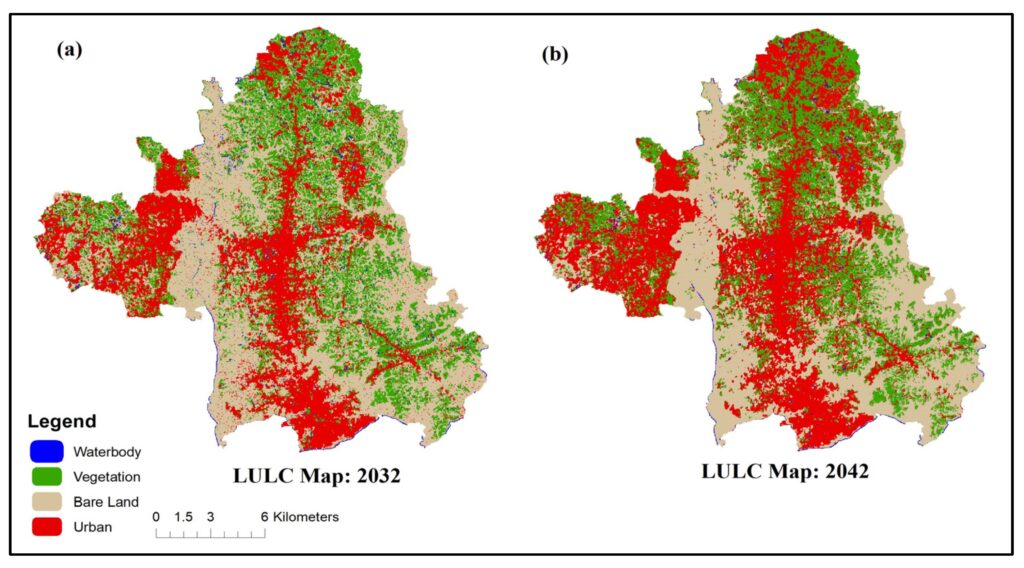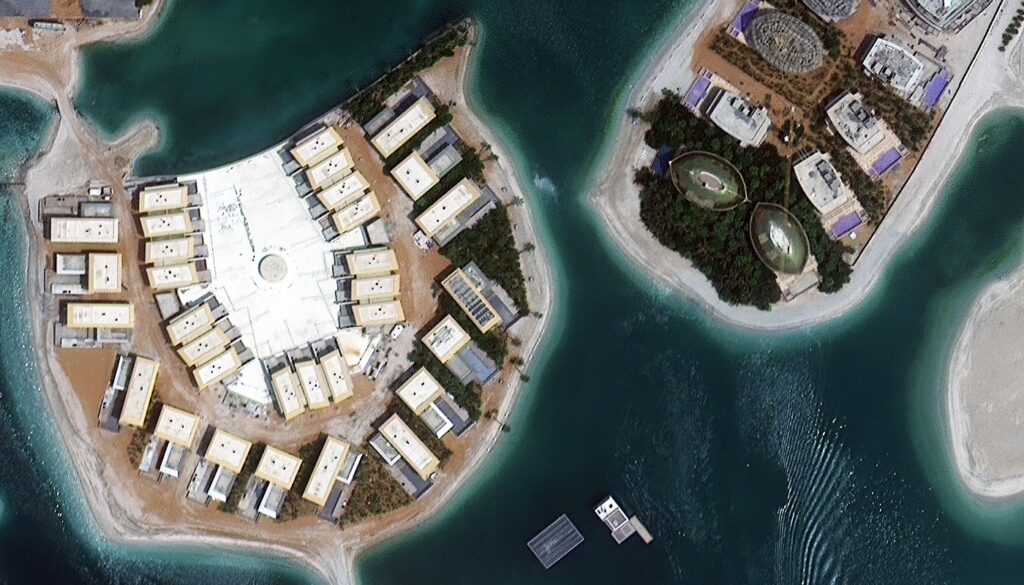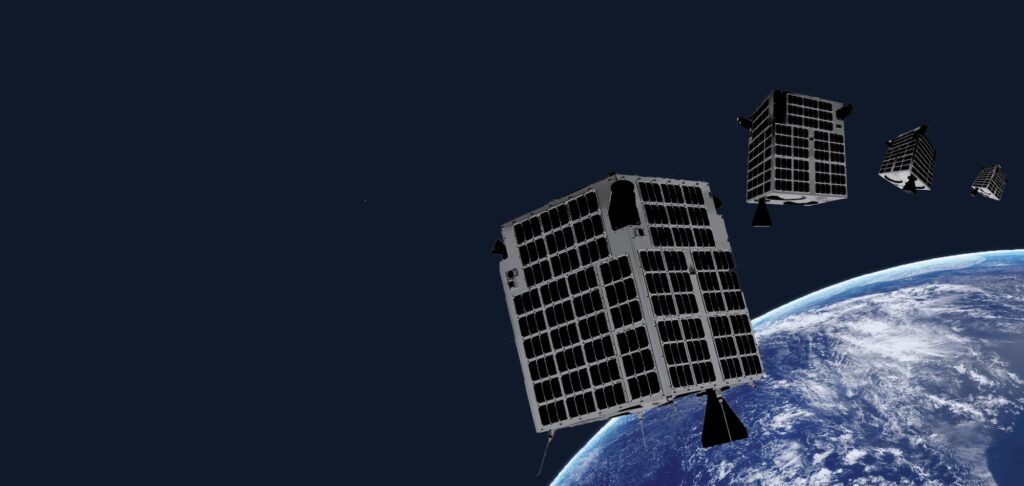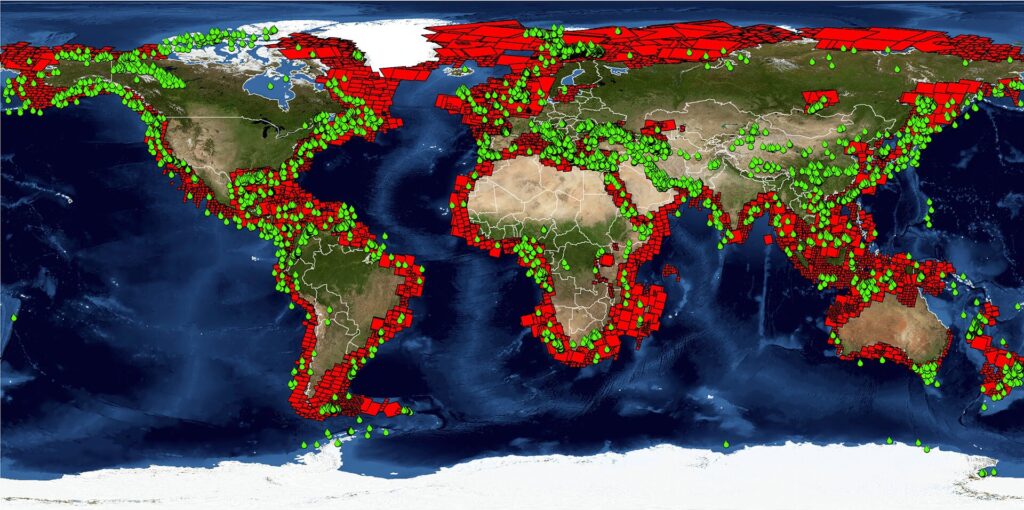Web GIS – SATPALDA
Web GIS: Technologies and Its Applications The word “web GIS,” which stands for “web geographic information systems,” refers to the way that GIS technology is combined with the World Wide Web. This dynamic system allows users to access, exchange, and modify geographic information using web browsers. Unlike traditional GIS, web GIS overcomes geographical restrictions to foster collaboration and increase the accessibility of spatial data. GIS has developed tremendously over time, beyond the constraints of traditional mapping and spatial analysis. One of the most important advancements in this field is the introduction of Web GIS, a powerful paradigm that uses the internet to make it easier to create, exchange, and use spatial information. Web GIS: Technologies Geospatial Data Formats and Standards- One of the foundational aspects of Web GIS is the handling of geospatial data where various formats and standards play a pivotal role in ensuring interoperability and seamless data exchange. The adoption of standards such as GeoJSON, KML (Keyhole Markup Language) and Web Map Service (WMS) facilitates the integration of diverse datasets from different sources. Web Mapping Libraries: Web GIS applications heavily rely on mapping libraries that provide the tools and interfaces for creating interactive maps where notable libraries like Leaflet, OpenLayers and Mapbox have become instrumental in developing user-friendly and feature-rich mapping applications. These libraries support functionalities such as layer management, spatial analysis and dynamic map rendering. Spatial Databases: The storage and retrieval of geospatial data in Web GIS demand robust spatial databases where technologies like PostGIS, a spatial database extender for PostgreSQL and MongoDB, a NoSQL database with geospatial capabilities are widely used. These databases empower developers to manage large volumes of spatial data efficiently and perform complex spatial queries. Cloud Computing in Web GIS: The scalability and flexibility offered by cloud computing have revolutionized Web GIS where platforms like Amazon Web Services (AWS), Microsoft Azure and Google Cloud provide a scalable infrastructure for hosting geospatial applications. Cloud-based GIS services such as Amazon S3 for data storage and Amazon EC2 for virtual servers, enhance the performance and availability of Web GIS solutions. Spatial Analysis and Processing: Web GIS goes beyond simple mapping where it enables advanced spatial analysis and processing. Technologies like Turf.js and GeoPandas for JavaScript and Python, respectively, empower developers to perform spatial operations such as buffering, overlay analysis, and proximity analysis directly within web applications where these tools enhance the analytical capabilities of Web GIS opening doors to complex geospatial insights. Web GIS: Applications Spatial Data Visualization: One of the primary applications of Web GIS is spatial data visualization and by utilizing interactive maps accessible through web browsers, users can visually analyze and interpret complex geographic information. This capability proves invaluable in fields such as urban planning, environmental monitoring and disaster management allowing stakeholders to make informed decisions based on real-time spatial insights. Collaborative Mapping: Web GIS facilitates collaborative mapping by enabling multiple users to access, edit and share geospatial data in real-time where this functionality is particularly beneficial in large-scale projects involving diverse teams spread across different locations. It enhances communication and coordination among stakeholders fostering a more efficient and collaborative work environment. Location-based Services (LBS): The integration of Web GIS with location-based services has revolutionized industries such as logistics, transportation and marketing where businesses can leverage geospatial data to provide personalized services, optimize delivery routes and target specific demographics based on location, thereby enhancing customer experiences and optimizing operational efficiency. Emergency Response and Disaster Management: In times of crisis, Web GIS proves to be an indispensable tool for emergency response and disaster management where it enables the rapid collection and dissemination of critical spatial information, aiding first responders in assessing the situation, coordinating rescue efforts and efficiently allocating resources to affected areas. SATPALDA’s Web GIS Services Real-Time Data Integration: In the fast-paced world of GIS, real-time data integration is crucial for staying abreast of dynamic changes and SATPALDA’s Web GIS services incorporate mechanisms for real-time data feeds ensuring that users have access to the latest information. This capability proves invaluable in applications like disaster monitoring where timely updates can influence emergency response strategies. Geospatial Collaboration and Sharing: Collaboration is a key feature of SATPALDA’s Web GIS services where it facilitates seamless sharing of geospatial data and analyses promoting collaborative decision-making. Whether it’s sharing interactive maps with stakeholders or collaborating on spatial analyses, SATPALDA’s Web GIS services provide a conducive environment for teamwork. Remote Sensing Applications: Remote sensing forms a pivotal component of SATPALDA’s Web GIS services where the integration of satellite imagery and remote sensing applications enhances the platform’s capabilities for monitoring and assessment. From land cover classification to vegetation health monitoring, SATPALDA’s Web GIS services provide a comprehensive suite of tools for extracting valuable information from remotely sensed data. Data Visualization and Mapping: An essential aspect of Web GIS services is data visualization and mapping where SATPALDA excels in creating intuitive and visually appealing maps that convey complex spatial information in a comprehensible manner. The platform supports thematic mapping allowing users to represent data using various color-coding techniques. Customization options ensure that maps align with specific project requirements and objectives. Web GIS is a monument to the development of Geographic Information Systems enabling users in a variety of industries and democratizing access to spatial data where online GIS’s future course will be determined by the convergence of online technologies, cloud computing and state-of-the-art analytics as technology develops. A paradigm change has occurred with the transition from traditional GIS to Web GIS, opening up new avenues for knowledge and power use of our spatial environment. At the front of the geospatial revolution, Web GIS is dismantling boundaries and democratizing access to spatial data where the future of geographic data management, analysis and visualization will surely be shaped by the interaction between GIS and online technologies especially as enterprises continue to use online GIS for well-informed decision-making. The continuing development of Web GIS, driven by breakthroughs in IoT, cloud computing and artificial intelligence portends a future in which the limits of spatial cognition









